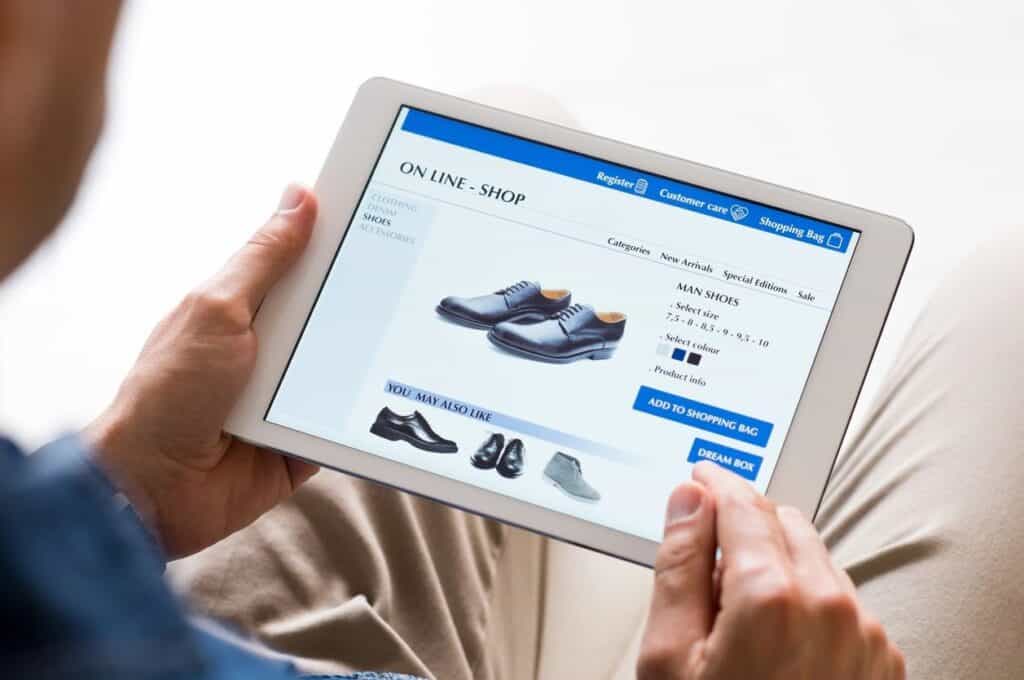In the ever-evolving landscape of e-commerce and logistics, the last-mile delivery segment stands at the forefront of customer experience. The demand for swift and dependable delivery solutions has become paramount, urging businesses to explore innovative methods for efficient last-mile delivery. In this extensive exploration, we unravel the complexities and advancements in last-mile logistics, underpinned by robust data, compelling statistics, and intriguing facts.
The Crucial Role of Last-Mile Delivery in Customer Satisfaction
Defining Last-Mile Delivery
Last-mile delivery refers to the final leg of the delivery journey, where packages are transported from a distribution center to the end consumer’s doorstep. This phase holds immense significance as it directly influences customer satisfaction and brand loyalty.

Importance in the E-Commerce Boom
With the exponential growth of e-commerce, fueled further by global events that have accelerated the shift towards online shopping, last-mile delivery has emerged as a critical factor in shaping customer perceptions and fostering brand trust.
Key Challenges in Last-Mile Delivery
1. Traffic Congestion
Urban areas often grapple with traffic congestion, leading to delays in last-mile deliveries. Navigating through busy streets becomes a logistical challenge, impacting delivery timelines.
Statistics:
- According to a report by McKinsey & Company, traffic congestion contributes to approximately 30% of total delivery time.
2. Cost Optimization
The cost of last-mile deliveries can be substantial for businesses. Balancing the need for speed with cost-effectiveness poses a constant challenge in the quest for efficient last-mile solutions.
Statistics:
- A study by Capgemini Research Institute reveals that last-mile delivery costs constitute over 40% of the total logistics cost for many e-commerce companies.
3. Parcel Theft and Security
Protecting packages from theft during the last-mile journey is a recurring issue. Ensuring the security of deliveries, especially in high-density urban areas, remains a persistent concern.
Statistics:
- Research by Package Guard suggests that over 11 million U.S. homeowners have experienced package theft in a single year.
Innovative Solutions Shaping the Future of Last-Mile Deliveries
1. Drone Deliveries
The use of drones in last-mile delivery has gained traction as a futuristic solution. Drones offer the potential for faster deliveries and reduced congestion on traditional delivery routes.
Statistics:
- Amazon, a pioneer in drone delivery, has reported successful test flights and aims to implement widespread drone deliveries in the near future.
2. Autonomous Vehicles
Self-driving vehicles present a promising avenue for last-mile deliveries. Companies are investing in autonomous technologies to enhance delivery speed and reduce reliance on human drivers.
Statistics:
- According to a report by Statista, the global market for autonomous delivery vehicles is expected to reach a value of $84 billion by 2030.
3. Micro-Fulfillment Centers
The establishment of micro-fulfillment centers closer to urban centers enables quicker and more cost-effective last-mile deliveries. These smaller centers cater specifically to local demand.
Statistics:
- Walmart has strategically deployed micro-fulfillment centers, resulting in a 30% reduction in last-mile delivery costs.
Interesting Facts about Last-Mile Deliveries
- The term “last mile” originated from the telecommunications industry and was later adopted in logistics to describe the final stage of delivery.
- During peak shopping seasons, such as holidays, last-mile delivery volumes can surge by more than 60%.
- In some regions, companies are experimenting with using electric bikes and scooters for last-mile deliveries to reduce both emissions and traffic congestion.
Navigating the Future: Implementing Last-Mile Delivery Solutions
As businesses strive to conquer the challenges of last-mile deliveries, implementing innovative solutions becomes not just a competitive advantage but a necessity for survival in the highly competitive e-commerce landscape.
Strategies for Efficient Last-Mile Deliveries
1. Route Optimization
Leveraging advanced route optimization algorithms minimizes delivery times and reduces fuel consumption, addressing the challenge of traffic congestion.
2. Real-Time Tracking
Providing customers with real-time tracking information enhances transparency and reduces concerns about package security.
Overcoming Challenges: A Roadmap to Efficient Last-Mile Delivery
Navigating the challenges of last-mile delivery requires a multifaceted approach. By embracing innovative technologies and strategic planning, businesses can transform last-mile logistics from a hurdle into a competitive edge.
Conclusion
In conclusion, the realm of last-mile delivery solutions is witnessing a transformative evolution. From overcoming traffic congestion to embracing futuristic technologies like drones and autonomous vehicles, the logistics landscape is on the brink of a revolution. As businesses adapt and innovate, the customer experience in the last mile is poised to reach new heights of efficiency and satisfaction.
